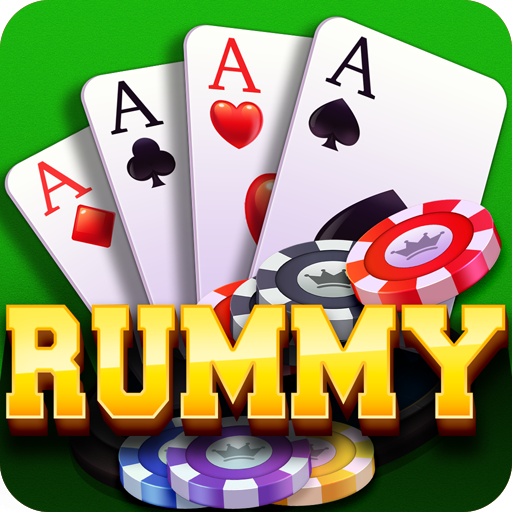How To Rummy Game, Rummy is a classic card game that has entertained players for generations. Known for its blend of skill, strategy, and a bit of luck, it can be enjoyed by people of all ages. Whether you’re playing with friends at home or joining an online game, mastering rummy can be both fun and rewarding. Here’s a comprehensive guide on how to play rummy.
Objective of the Game
The primary goal of rummy is to form sets and sequences of cards. A set consists of three or four cards of the same rank but different suits (e.g., 7♦, 7♠, 7♣). A sequence (or run) consists of three or more consecutive cards of the same suit (e.g., 4♣, 5♣, 6♣). The game is typically played until a player melds all their cards into valid sets and sequences.
Setup
Number of Players
Rummy can be played by 2 to 6 players. The game works well with any group size, though rules may vary slightly based on the number of participants.
Cards
A standard deck of 52 cards is used. In some variations, jokers are included as wild cards, which can represent any card.
Dealing Cards
- Shuffling: Shuffle the deck thoroughly.
- Dealing: Each player is dealt a specific number of cards. For example, in a two-player game, each player may receive 10 cards, while in a four-player game, each might receive 7 cards.
- Stock and Discard Pile: The remaining cards form the stock pile placed face down. The top card from the stock pile is flipped face up to start the discard pile.
How to Play
Turn Sequence
Players take turns in a clockwise direction. Each turn consists of three main actions:
- Drawing a Card: At the beginning of your turn, draw one card from either the stock pile or the discard pile.
- Melding (Optional): After drawing, you can lay down any valid sets or sequences on the table. This is optional, and you can choose to hold onto your cards until you are ready to go out.
- Discarding a Card: End your turn by placing one card face up on the discard pile.
Making Sets and Sequences
- Forming Sets: You can create sets by grouping cards of the same rank.
- Creating Sequences: You can form sequences by arranging cards in consecutive order within the same suit.
Going Out
The game continues until one player successfully melds all their cards and discards their last card. This player is said to have “gone out.” The round then ends, and scores are calculated based on the remaining cards in other players’ hands.
Scoring
Scoring can vary based on the rules you choose to follow. Here’s a common method:
- Number cards (2-10): Face value
- Face cards (J, Q, K): 10 points each
- Aces: 1 point
- Unused cards: Total points of the cards that have not been melded or discarded
The player who goes out earns points based on the total of the other players’ unmelded cards.
Variations of Rummy
Rummy has many variations, including:
- Indian Rummy: Usually played with two decks and requires at least two sequences, one of which must be a pure sequence (without jokers).
- Gin Rummy: A two-player version where players aim to form sets and runs with fewer cards.
- Canasta: A team-based version played with two decks, where players try to create melds of seven cards of the same rank.
Tips for Success
- Watch Your Opponents: Keep an eye on what cards other players pick or discard, as it can give you insight into their strategies.
- Hold onto High-Value Cards: Try to meld or discard high-point cards early to minimize your score if an opponent goes out.
- Utilize Jokers Wisely: If playing with jokers, use them to complete your most challenging sets or sequences.
- Practice: Like any game, the more you play, the better you’ll become at strategy and predicting opponents’ moves.
Conclusion
Rummy is a delightful game that combines skill, strategy, and social interaction. By understanding the rules and practicing your gameplay, you can enjoy hours of entertainment with friends and family. So gather your cards, set the table, and let the rummy games begin!




